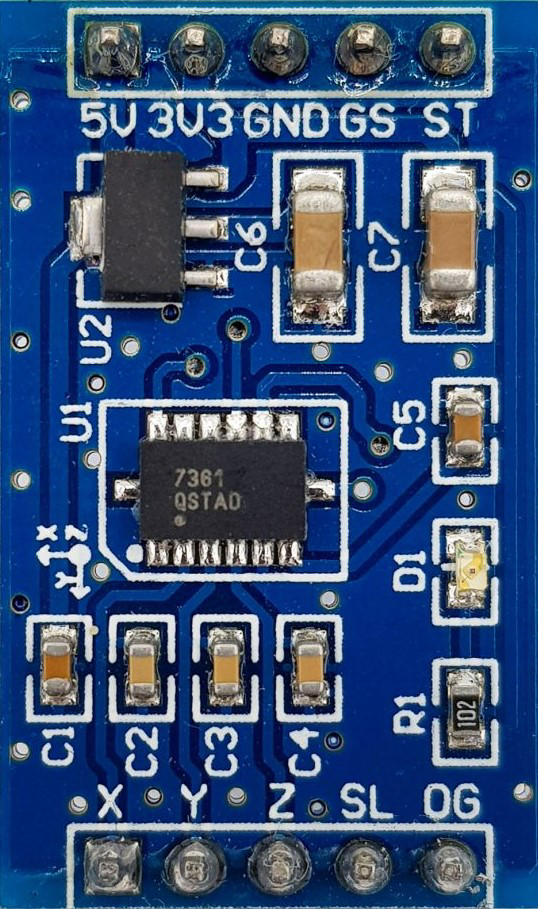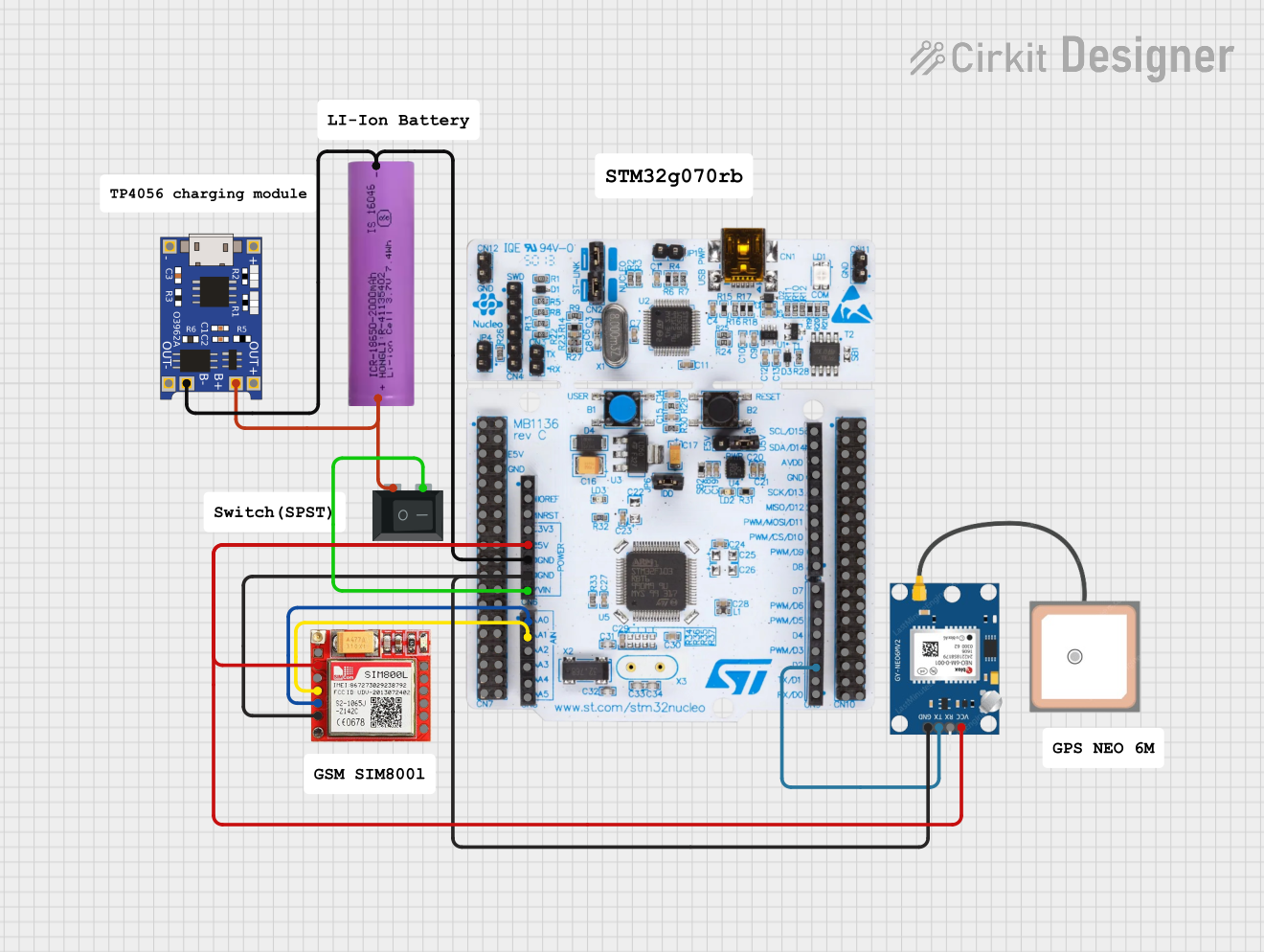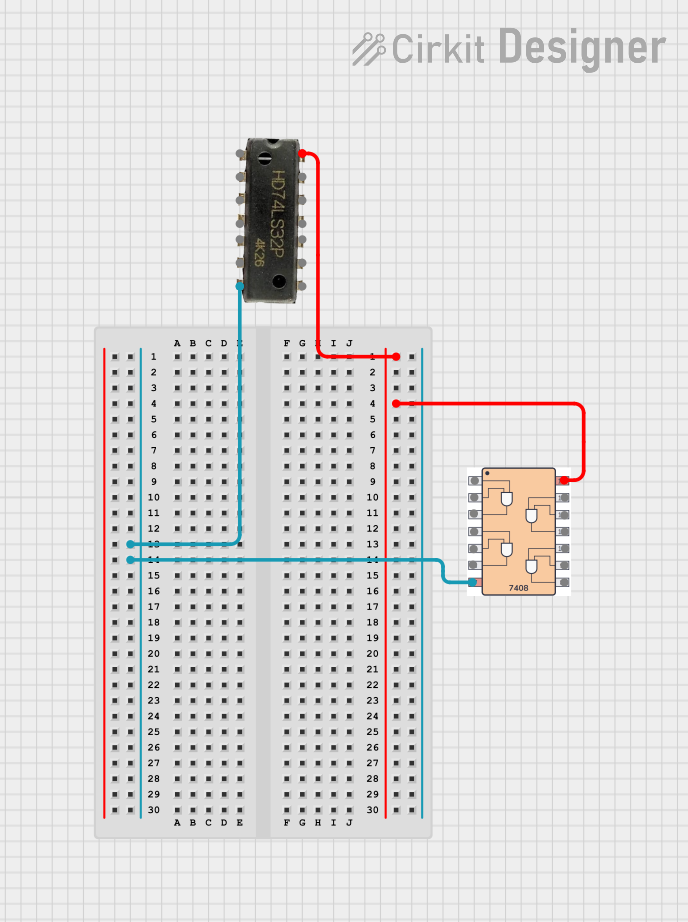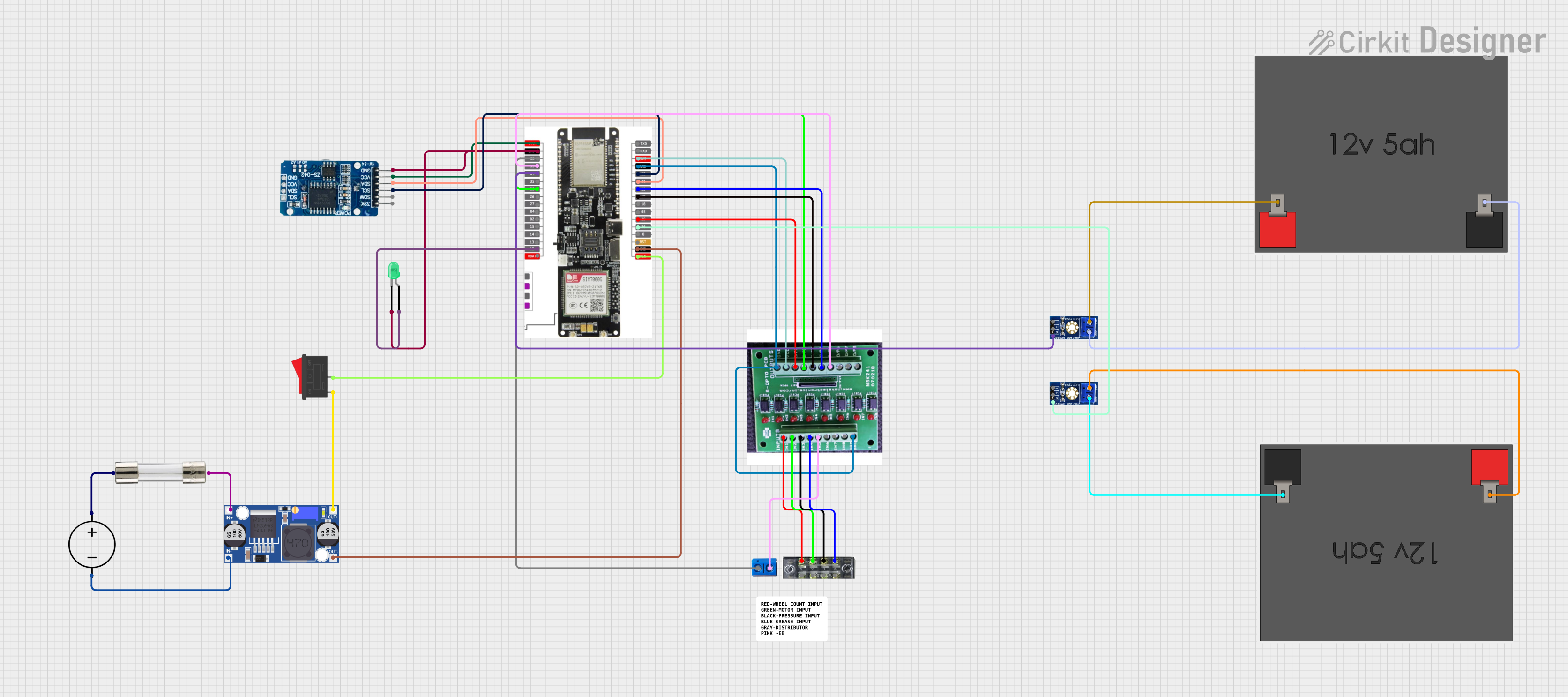
How to Use MMA7361: Examples, Pinouts, and Specs

 Design with MMA7361 in Cirkit Designer
Design with MMA7361 in Cirkit DesignerIntroduction
The MMA7361 is a low power, low profile capacitive micro-machined accelerometer. It features signal conditioning, a 1-pole low pass filter, temperature compensation, self-test, and g-Select which allows for the selection between two sensitivities. This versatile component is widely used in various applications such as motion sensing, tilt detection, and vibration monitoring.
Explore Projects Built with MMA7361

 Open Project in Cirkit Designer
Open Project in Cirkit Designer
 Open Project in Cirkit Designer
Open Project in Cirkit Designer
 Open Project in Cirkit Designer
Open Project in Cirkit Designer
 Open Project in Cirkit Designer
Open Project in Cirkit DesignerExplore Projects Built with MMA7361

 Open Project in Cirkit Designer
Open Project in Cirkit Designer
 Open Project in Cirkit Designer
Open Project in Cirkit Designer
 Open Project in Cirkit Designer
Open Project in Cirkit Designer
 Open Project in Cirkit Designer
Open Project in Cirkit DesignerCommon Applications
- Mobile devices for screen orientation
- Gaming controllers for motion detection
- Robotics for balance and movement control
- Automotive systems for crash detection and airbag deployment
- Industrial equipment for vibration monitoring
Technical Specifications
Key Technical Details
| Parameter | Value |
|---|---|
| Supply Voltage (Vdd) | 2.2V to 3.6V |
| Supply Current | 400 µA |
| Sleep Mode Current | 3 µA |
| Sensitivity (Selectable) | 800 mV/g (±1.5g), 206 mV/g (±6g) |
| Output Signal | Analog |
| Bandwidth | 400 Hz |
| Operating Temperature | -40°C to +85°C |
Pin Configuration and Descriptions
| Pin | Name | Description |
|---|---|---|
| 1 | Vdd | Power Supply (2.2V to 3.6V) |
| 2 | GND | Ground |
| 3 | Xout | X-axis Analog Output |
| 4 | Yout | Y-axis Analog Output |
| 5 | Zout | Z-axis Analog Output |
| 6 | ST | Self-Test (Active High) |
| 7 | G-Select | Sensitivity Selection (High: ±6g, Low: ±1.5g) |
| 8 | Sleep | Sleep Mode (Active High) |
Usage Instructions
How to Use the Component in a Circuit
- Power Supply: Connect the Vdd pin to a 3.3V power supply and the GND pin to the ground.
- Analog Outputs: Connect the Xout, Yout, and Zout pins to the analog input pins of a microcontroller (e.g., Arduino).
- Sensitivity Selection: Use the G-Select pin to choose the sensitivity. Connect it to GND for ±1.5g or to Vdd for ±6g.
- Self-Test: To perform a self-test, set the ST pin high. This will apply a known force to the sensor to verify its operation.
- Sleep Mode: To reduce power consumption, set the Sleep pin high to put the device into sleep mode.
Important Considerations and Best Practices
- Decoupling Capacitor: Place a 0.1 µF capacitor close to the Vdd pin to filter out noise.
- Mounting: Ensure the accelerometer is mounted securely to avoid false readings due to vibrations.
- Calibration: Calibrate the sensor in a known orientation to ensure accurate readings.
- Temperature Effects: Be aware of temperature variations and their potential impact on sensor readings.
Example Circuit with Arduino UNO
// MMA7361 Accelerometer with Arduino UNO
// Connections:
// MMA7361 Vdd -> 3.3V
// MMA7361 GND -> GND
// MMA7361 Xout -> A0
// MMA7361 Yout -> A1
// MMA7361 Zout -> A2
// MMA7361 G-Select -> GND (for ±1.5g sensitivity)
const int xPin = A0; // X-axis output
const int yPin = A1; // Y-axis output
const int zPin = A2; // Z-axis output
void setup() {
Serial.begin(9600); // Initialize serial communication
}
void loop() {
int xValue = analogRead(xPin); // Read X-axis value
int yValue = analogRead(yPin); // Read Y-axis value
int zValue = analogRead(zPin); // Read Z-axis value
// Convert analog values to g-force
float xG = (xValue - 512) * (3.3 / 1024) / 0.8;
float yG = (yValue - 512) * (3.3 / 1024) / 0.8;
float zG = (zValue - 512) * (3.3 / 1024) / 0.8;
// Print values to serial monitor
Serial.print("X: ");
Serial.print(xG);
Serial.print(" g, Y: ");
Serial.print(yG);
Serial.print(" g, Z: ");
Serial.print(zG);
Serial.println(" g");
delay(500); // Wait for 500 milliseconds
}
Troubleshooting and FAQs
Common Issues and Solutions
No Output Signal
- Solution: Check the power supply connections. Ensure Vdd is connected to 3.3V and GND to ground.
Inaccurate Readings
- Solution: Calibrate the sensor. Ensure the sensor is mounted securely and not subject to external vibrations.
High Power Consumption
- Solution: Use the Sleep mode by setting the Sleep pin high when the sensor is not in use.
Self-Test Fails
- Solution: Verify the ST pin connection. Ensure it is set high during the self-test procedure.
FAQs
Q1: Can I use the MMA7361 with a 5V microcontroller?
- A1: Yes, but you need to use a voltage regulator to step down the 5V to 3.3V for the MMA7361.
Q2: How do I change the sensitivity of the MMA7361?
- A2: Use the G-Select pin. Connect it to GND for ±1.5g sensitivity or to Vdd for ±6g sensitivity.
Q3: What is the purpose of the self-test feature?
- A3: The self-test feature applies a known force to the sensor to verify its operation and ensure it is functioning correctly.
Q4: How do I reduce noise in the sensor readings?
- A4: Use a decoupling capacitor (0.1 µF) close to the Vdd pin and ensure proper grounding. Additionally, you can implement software filtering techniques.
This documentation provides a comprehensive guide to using the MMA7361 accelerometer. Whether you are a beginner or an experienced user, following these instructions and best practices will help you effectively integrate this component into your projects.